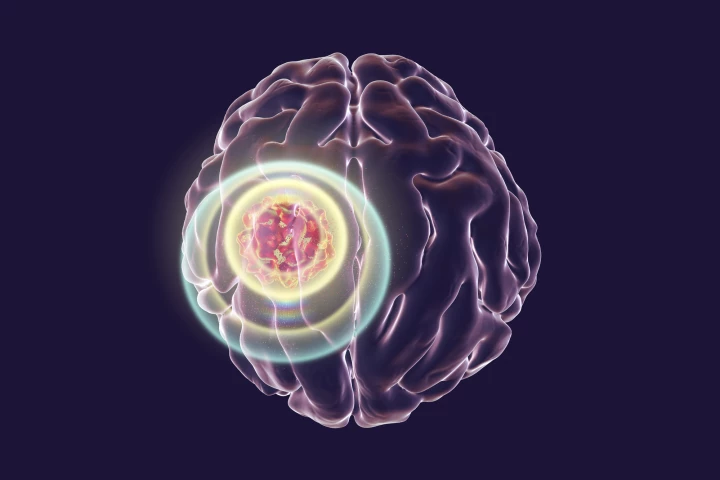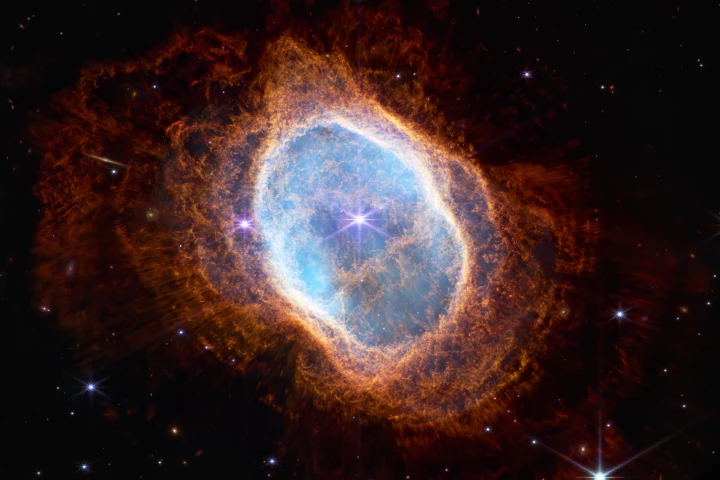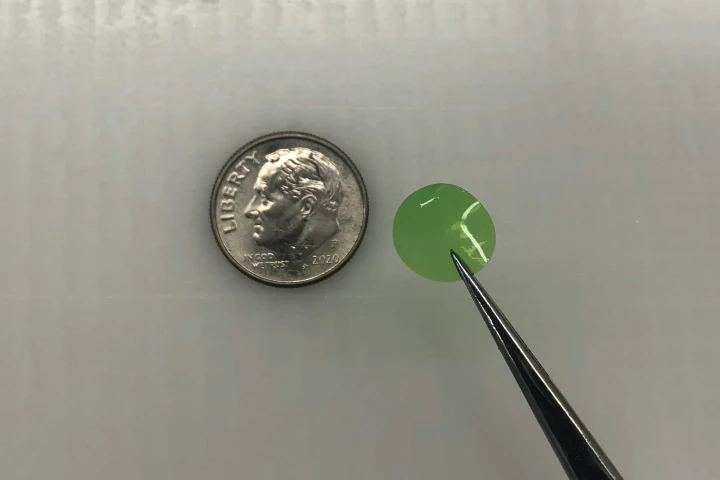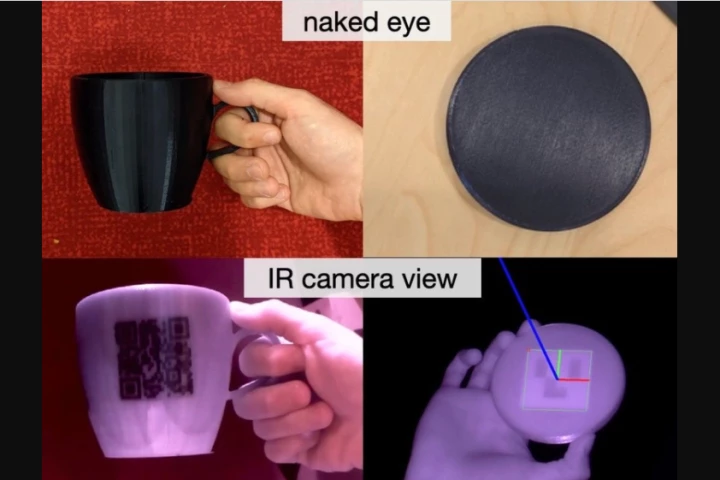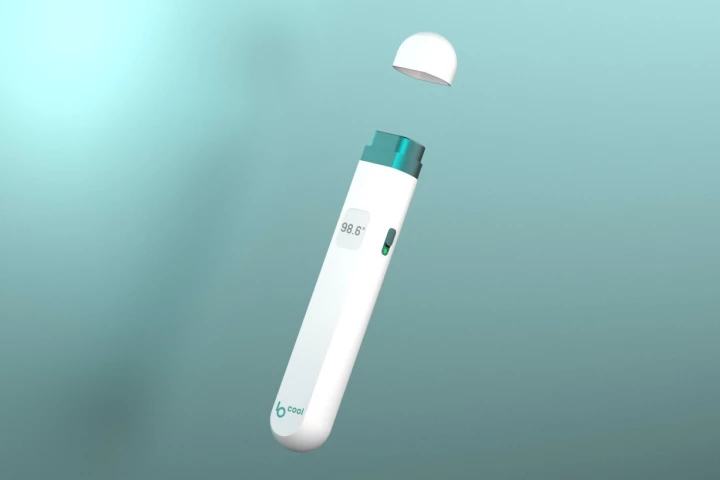Infrared
-
Brain cancer is one of the most insidious forms of the disease, but a new wireless device could help improve survival times. When implanted between the skin and skull, the device uses infrared to heat up gold nanoparticles to kill cancer from within.
-
You don't need the full force of the water for every second that you're in the shower, but turning it up and down at the taps can be tricky. That's where the Reva shower head comes in, as it automatically reduces the flow whenever you step back.
-
The James Webb Space Telescope has snapped its first direct images of an exoplanet. With its uniquely powerful instruments, Webb captures details that other observatories miss, which will help us understand these distant worlds better.
-
Korean engineers have demonstrated a new system that uses infrared lasers to beam power over distances as far as 100 ft (30 m), which could eventually lead to technology that automatically charges your phone as soon as you walk into a room.
-
The James Webb Space Telescope keeps breaking its own records for peering deeper into space and time. It's now detected a galaxy candidate about 35 billion light-years from Earth, which if confirmed would make it the most distant galaxy ever found.
-
James Webb Space Telescope's historic first images showed a galaxy cluster billions of light-years away, but now it’s turned its sights on something much closer to home. NASA has released infrared images of Jupiter used to test Webb's instruments.
-
By now you’ve no doubt seen the first batch of images from NASA’s powerful new James Webb Space Telescope. But the scope of the achievement is hard to appreciate without context, so here they are side-by-side with Hubble’s views of the same regions.
-
When treating patients for certain conditions, it's important to monitor their blood oxygen levels. A new sub-dermal photosensitive sensor provides a new means of doing so, plus it could one day be used to measure other blood-borne substances.
-
Astronomers have discovered the most distant object ever seen – a strange galaxy some 13.5 billion light-years away. Named HD1, the galaxy may house a never-before-seen population of stars, or a supermassive black hole mysteriously ahead of its time.
-
Barcode stickers may provide valuable information on products, but they're rather unsightly, and they peel off over time. An experimental new alternative, however, is 3D-printed right into the item, and is invisible to the naked eye.
-
Although digital body-temperature thermometers may be easier to read than their analog counterparts, there's always the chance that their battery will go flat. That's where the BCool comes in, as you just give it a few shakes to power it up.
-
Astronomers have spotted two “invisible” galaxies hiding near the dawn of the universe. The team used radio waves to peer behind a curtain of dust, and the find suggests that there were far more galaxies in the early universe than previously thought.
Load More
